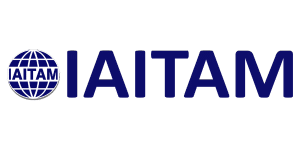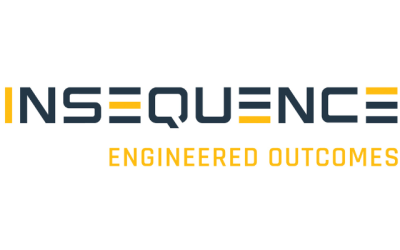Amit Verma

Just Keep Swimming: Navigating Uncertain ITAM Waters
With the uncertainty of new technology, the economic landscape, and all of the work place changes in the past few years, ITAM is more critical to the sustainability of your business than ever! In this session, we’ll discuss current events, trends, and challenges and why it’s more important than ever for IT Asset Managers to stick to the principles of the program and just keep swimming!
How IT Asset Management Helps Navigate Economic Uncertainty
In times of economic uncertainty, strong ITAM empowers smarter decisions, reduces costs, and maximizes asset value—turning reactive cost cutting into proactive cost avoidance.
From Chaos to Clarity: Tips for Structuring IT Asset Data for AI
Discover how to transform fragmented and siloed IT asset data into a structured, AI-explorable foundation. In this session, you’ll learn practical tips to create a unified, intelligent view of your technology resources—enabling smarter decisions, better optimization, and measurable business value through AI.
We’ll explore how to integrate data from IT Asset Management (ITAM), FinOps, and other core IT practices, applying normalization techniques, defining relationships, and building a taxonomy that connects technology components to business outcomes. Whether your goal is to enhance automation, improve financial visibility, or unlock AI-driven insights, this session will equip you with actionable strategies to turn raw IT and financial data into strategic intelligence ready for the age of AI.
Making the Case for Extending IT Lifecycles
Some organizations are looking into ways to lengthen their lifecycles due to economic and supply chain issues. Others are refreshing sooner due to fear of tariffs and import/export costs rising. This session will review some of the best long-term strategies organizations can leverage for optimizing and extending IT lifecycles to support business needs, reduce cost, and promote sustainability.
Self-Inflicted Audits: The Ones You Never See Coming
Self-inflicted audits can happen when you ask for help from your software vendor – but they can be avoided.
Partnership Playbook: A Guide to Cultivating Mutual Trust and Value
In today’s fast-paced IT landscape, effective partnerships between hardware asset managers and their service providers are critical to success. This joint presentation by FedEx and Dynamic Lifecycle Innovations will offer an insider’s view into the strategies and collaboration techniques that transformed a vendor relationship into a thriving partnership. Whether you’re evaluating vendors, building stronger partnerships, or seeking strategies to maximize value, this session will equip you with actionable insights to create collaborative success.
ITAM: Cost Center or Cost Efficiency Champions?
ITAM isn’t just a cost center—it’s a driver of strategic cost efficiency. Through smart planning, lifecycle management, and data insights, ITAM empowers better decisions and boosts organizational value.
InSequence Inc.
IAITAM Provider Member At InSequence Inc., our mission is to empower organizations with data-driven insights to seamlessly manage their technology. We deliver a strong foundation of data that unites diverse IT disciplines—including procurement, service delivery, asset...
When Software Compliance Becomes a Project
In today’s digital workplace, software compliance is no longer just a legal necessity—it’s a strategic project. Join us for an insightful session where we explore how organizations can transform software compliance challenges into structured, successful projects using proven project management principles.
Whether you’re a project manager, IT professional, or compliance officer, this session will equip you with actionable strategies to manage software compliance as a scalable, repeatable project.
Ensuring Asset Visibility and Compliance
• ITAM must evolve from inventory to proactive compliance and risk partner.
• Asset visibility underpins SOX, HIPAA, GLBA/FTC Safeguards, and RCRA requirements.
• Communication breakdowns cause 50% comprehension gaps and audit failures.




